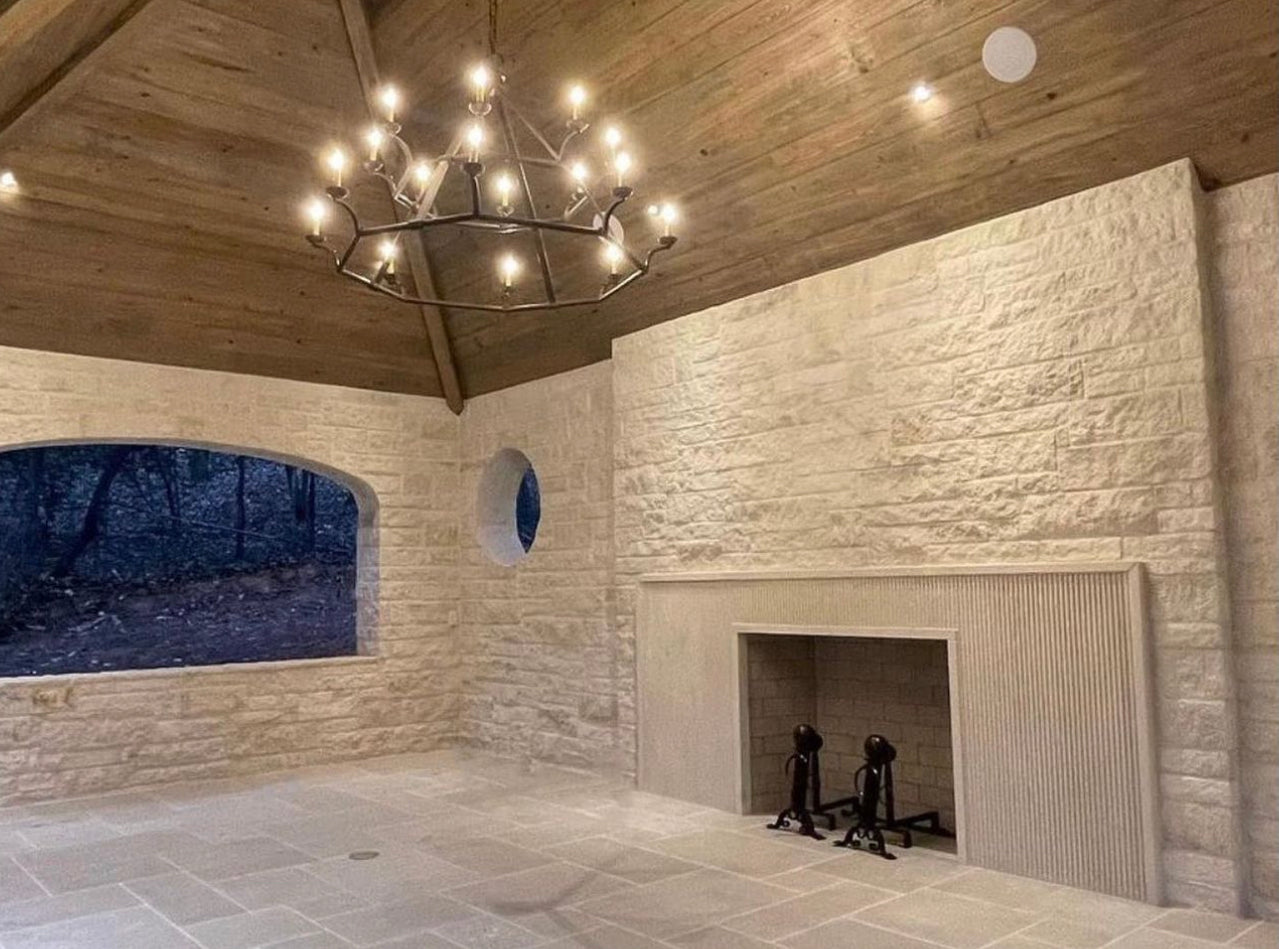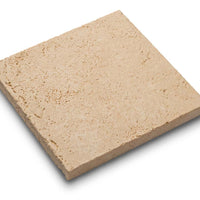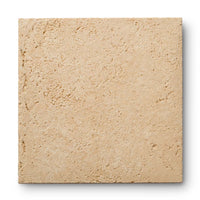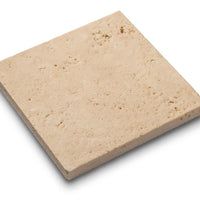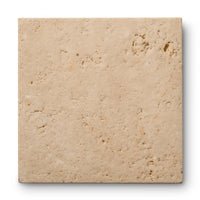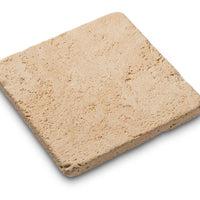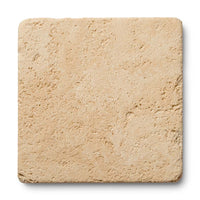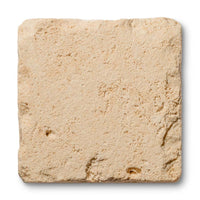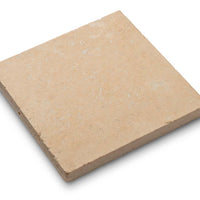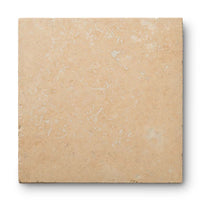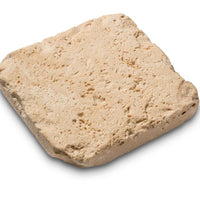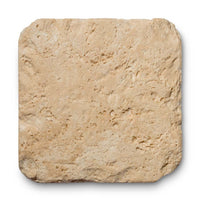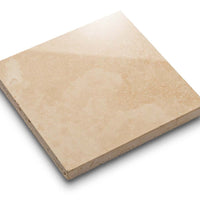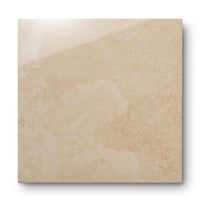When picking the right material for your stone-looking fireplace, you have two basic options: natural stone and cast stone. Natural stone, formed by nature over millions of years, is extracted and quarried from the earth. Cast stone, on the other hand, is not technically stone; instead, it's a type of concrete designed and dyed to simulate natural stone. Both stones have pros and cons, so it's best to consider the following points before selecting.
Natural Stone
It's no secret that natural stone stands the test of time. Just think of these iconic monuments: the Great Sphinx in Egypt (2500 BC), made of limestone; Stonehenge in England (3000 BC), made of sandstone and bluestone; and the Parthenon in Greece (438 BC), made of marble.
Like each architectural element, your fireplace should possess strength, durability, and timeless qualities. Natural stone options like limestone, travertine, and marble have all those traits, require minimal maintenance, and offer myriad design options. As a one-of-a-kind building material, natural stone is a work of art in itself. If you need help deciding which material to choose, order a stone sample before purchasing your custom fireplace.
So what's the downside? A potential problem is that no piece of natural stone is exactly like another, so creating tiles, slabs, or architectural elements that match precisely can be challenging. "Imperfections" like graining and coloration give the natural stone its character, but they also prevent duplication and can result in a final product differing from a sample. Natural stone is well worth the extra cost. MATERIAL fabricates our Fireplace Collections from beautiful all-natural stones, often less expensive than cast stone and wood!
If you're interested in building a custom stone fireplace, work with one of our designers to get any desired design.
Cast Stone
You see cast stone everywhere—in facades, fountains, and walkways. The Sydney Opera House in Australia is a famous example of how well cast stone lends itself to unique designs. This material has several benefits, chief among them affordability, and compared to natural stone, its lighter weight makes it quicker and easier to install. However, that also means it lacks the density and strength of natural stone.
Since cast stone must be shaped using a mold, there are limits to how much detail you can include. Whereas an artisan can carve natural stone into almost any shape, cast stone is less versatile and lacks the inherent value of hand-carved natural stone. And while cast stone is meant to simulate natural stone, it only goes so far in recreating the sense of "movement" found in materials like limestone or marble.
So Which Is Best?
The answer to that question depends on your taste and budget. For a high-quality, one-of-a-kind look, there is no match for a natural stone fireplace. Check out MATERIAL Fireplaces to view our selection of designs and materials.
